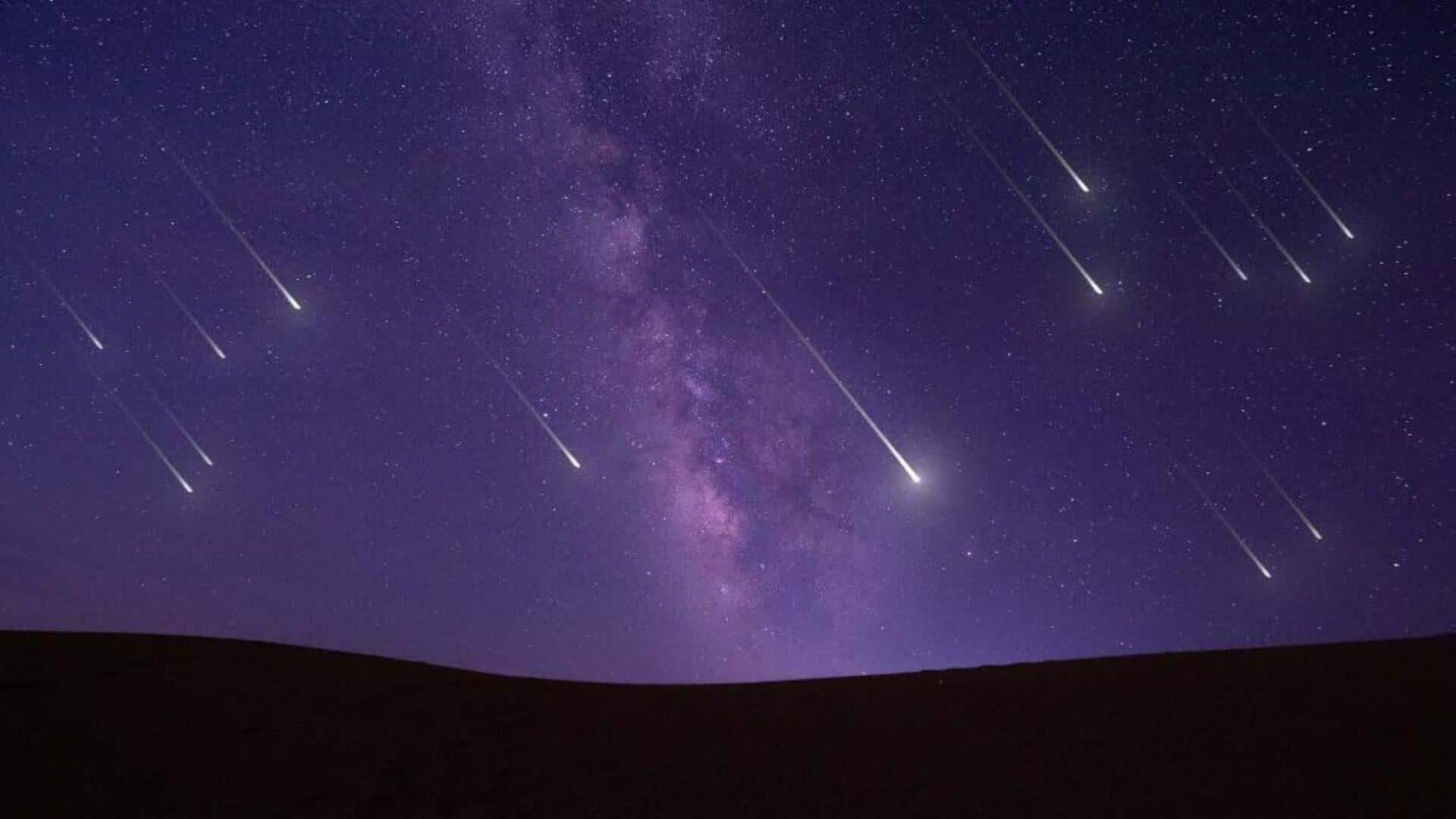
Perseid meteor shower peaks tonight: How to watch shooting stars
What's the story
Stargazers, get ready for one of the most spectacular sky shows of the year—the Perseid meteor shower. The annual event will peak tonight and will continue to be visible for a couple more weeks. However, the meteor shower has been active since mid-July. The meteors burn up upon entering Earth's atmosphere at a whopping speed of over 200,000km/h, leaving behind bright trails of light or shooting stars.
Comet origin
What causes the Perseid meteor shower?
The Perseid meteor shower is caused by Earth passing through material shed by Comet 109P/Swift-Tuttle, an ancient celestial body over five billion years old. This comet visits the inner solar system every 133 years and will make its next close approach to Earth in 2126. Although it's the largest object to come near our planet, it won't pose a threat for thousands of years.
Viewing advice
Where and when to see the meteors
The meteors appear to originate from the constellation of Perseus, giving the shower its name. To maximize your chances of spotting these celestial wonders, look toward Saturn in the east-southeast or Ursa Major in the north. This year, a waning gibbous moon's brightness may make fainter meteors harder to see. Experts recommend heading out late at night to a dark location with as clear a horizon as possible and waiting up to 30 minutes for your eyes to adjust.